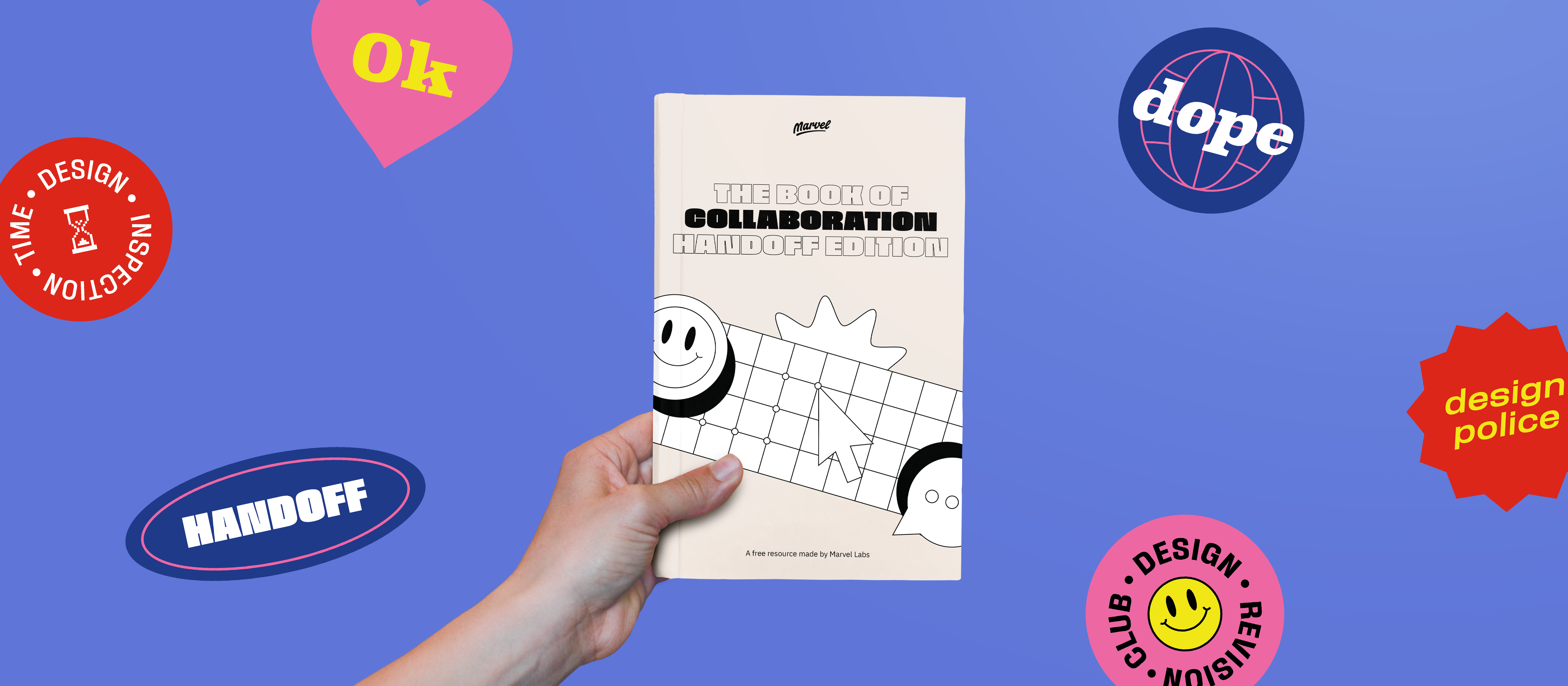This article is an excerpt from the Marvel eBook, The Book of Collaboration: Handoff Edition.
Many designers and developers hesitate at the idea of collaboration because it sounds like accepting compromises. Nowhere is this dilemma more apparent than when our workflows overlap and the design is ready for developers to begin building.
“Great products come from harmony between the design vision and technical details. Collaboration is the method for creating that harmony.”
When designers deliver a complete design mockup to developers for implementation, both sides tend to view it as a competition; both sides are pushing for their own concerns and trying to avoid unnecessary compromises and wasteful rework.
If the designer gets their way, the developer must make a sacrifice, and vice-versa. The designer wants to avoid major changes and is invested in seeing the design vision achieved accurately because it’s better for the business and users. The developer wants to ensure the new implementation isn’t adding technical debt or causing additional work, again because this is better for the business and users.
“Designers and developers competing during this phase is a shame because both perspectives are important. Design and development concerns shouldn’t compete — they should support one another. Both teams are trying to create a great product, and all concerns should be welcome if they support that goal.”
This is why teams should change how they approach the transition from design to development. The old way is damaging and sets up unhealthy competition when everyone should be collaborating and supporting one another’s goals.
It’s destructive to teamwork and removes important opportunities for both designers and developers to do their best work.
The other downside is that when designers hand over source files so developers can take over the project, this implies that design work is done, which couldn’t be further from the truth. Even the best design mockup can’t foresee every technical challenge or hurdle during implementation.
“A mockup is a plan, and even the best plans have to adapt.”
Your team can remove common frustrations and conflicts by approaching this phase of each project differently.
Build better products, in harmony
With this eBook, you’ll find the frustrations and set-backs that occur during the design-to-development process highlighted and challenged with forward thinking solutions.
Explore new ways to get cross-functional teams on the same page, every step of the way.


